Low carb and ketogenic diets are a way of eating that many people find beneficial.
However, there are some clear differences between keto and general low-carbohydrate diets.
This article looks at how the two diets differ, their benefits and drawbacks, and what some of the latest scientific research demonstrates.
Why Do People Do Low Carb and Keto Diets?
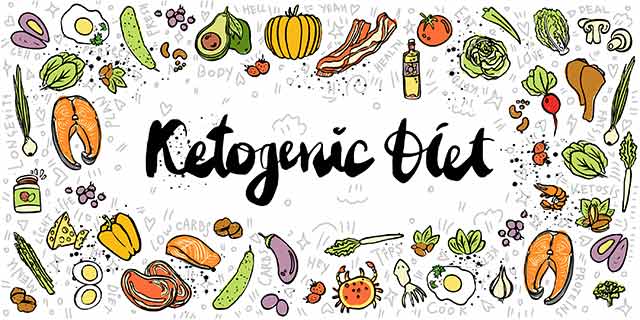
Firstly, people opting for either of these diets may have similar aims such as weight loss, managing a health issue, or just better overall health.
However, by the very nature of these two diets, people doing them may have different objectives/targets.
Here are some of the reasons people may do either diet;
Low Carb
- To reduce excessive carbohydrate intake to a healthier level
- For cutting sugar and refined carbs out of the diet
- To lose weight
- The belief that a lower carbohydrate diet is a healthier way to eat
- As a dietary intervention to try and manage a health issue such as type 2 diabetes
Keto
Individuals opting for a ketogenic diet often have similar reasons for starting, but there are a few slight differences;
- The belief that minimal carbohydrate consumption is a healthier way to eat
- For cutting sugar and refined carbs out of the diet
- To lose weight
- To achieve a state of ‘ketosis’; put simply, this is a biological state where the body burns fat for fuel rather than glucose.
- As a dietary intervention for health conditions such as type 2 diabetes and epilepsy.
The main reason why people choose a liberal low-carb diet is (usually) for general overall health.
On the other hand, people starting a ketogenic diet may have more specific objectives for their diet.
Macronutrient Ratio: How Much Carbohydrate, Fat, and Protein?
While these macronutrient ratios are not set in stone, the following energy intake percentages are typical of each diet;
| Macronutrient | Low Carb | Keto |
| Carbohydrate | 5 – 20 % | 5 – 10 % |
| Fat | 45 – 65% | 65 – 80 % |
| Protein | 30 – 35 % | 20 – 30 % |
Based on a typical 2000 calorie diet, this would make the upper carbohydrate limits 100 grams on low carb, and 50 grams for keto.
One of the reasons for the more extensive macronutrient variations for the low carb diet is because there are two primary forms of ‘low carb’;
- Low carb, high fat: this diet is closer to a ketogenic diet, and it prioritizes a high amount of dietary fat.
- Low carb, high protein: this is similar to an Atkins-style diet, and it emphasizes a higher amount of dietary protein.
What Foods Can You Eat On Low Carb vs. Keto?
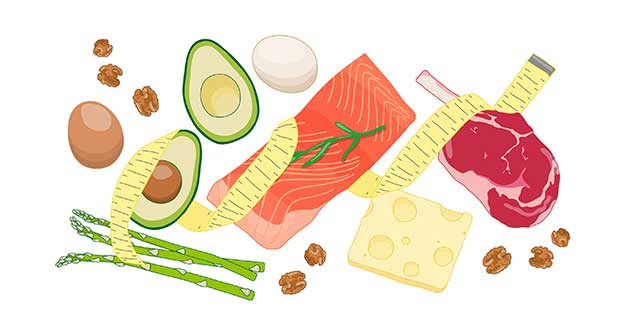
Any diet that involves carbohydrate restriction will necessitate restricting certain types of food.
Since general low carb diets have a higher upper limit of dietary carbohydrate, they are more lenient in this regard.
The table below shows which foods are generally suitable or not for each diet.
| Type of Food | Low Carb | Keto |
| High-fat dairy (butter, cream, cheese) | ✔ | ✔ |
| Milk/Yogurt | ✔ | Moderation |
| Fruit in general | Moderation | ✖ |
| Low-sugar fruit (berries, olives, avocado) | ✔ | Moderation |
| Fish | ✔ | ✔ |
| Meat | ✔ | ✔ |
| Leafy green vegetables | ✔ | ✔ |
| Nuts | ✔ | Moderation |
| Root vegetables | ✔ | Moderation |
| Legumes | Moderation | ✖ |
| Candy | ✖ | ✖ |
| Dark chocolate (ideally 80% +) | ✔ | Moderation |
| Grains, bread, and grain products | ✖ | ✖ |
| Cruciferous/green vegetables | ✔ | ✔ |
Foods such as fruit, legumes, candy/sugar, and grains are too high in carbohydrates to be suitable for a ketogenic diet.
However, low-sugar fruits and root vegetables can fit into a ketogenic plan, depending on the quantity consumed.
Regarding low carbohydrate diets, a “liberal” plan of around 20% carbohydrate could technically include most of these foods. That said, high-sugar fruits and legumes would quickly fill up the carbohydrate allowance and potentially displace other foods.
For people who enjoy eating higher amounts of fruit and vegetables, the ketogenic diet might be too restrictive. In this case, a general low-carb diet would be a better fit.
Weight Loss
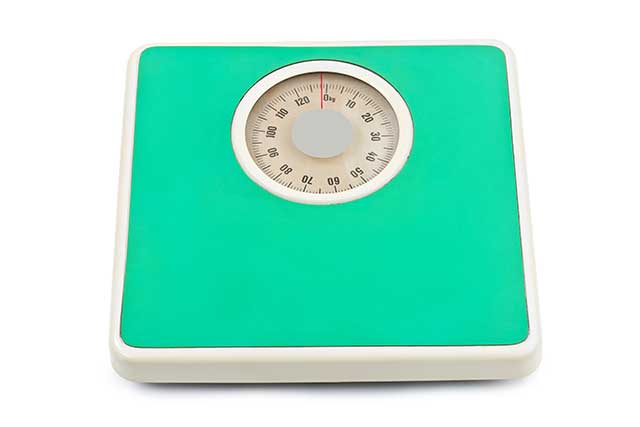
First of all, neither low carb nor keto diets guarantee weight loss.
It is possible to find social media claims about eating unlimited fat and not gaining weight, but there is no evidence does not support this.
One of the reasons why low carb and ketogenic diets can be an effective strategy for weight loss is that, when well-formulated, they may encourage satiety and thus help to regulate appetite.
While we don’t know precisely why this is, there are a few potential factors to consider.
Perhaps most importantly, researchers consider protein to be the most satiating macronutrient. Lower carbohydrate intake generally leads to higher consumption of protein, and studies show that increasing dietary protein lowers hunger, food cravings, and energy intake (1, 2).
Additionally, fiber is more satiating than sugars and starchy foods. On this note, low-carb diets tend to include lots of fiber-rich vegetables while limiting sugars and starches (3, 4).
Two more potential mechanisms may help explain the satiating properties of very low carbohydrate diets;
- Some research suggests that ketone bodies may have a unique effect on satiation through hormones, but this idea requires further study (5, 6).
- Studies suggest that diets with a high micronutrient composition may lead to a reduced perception of hunger and fewer food cravings (7, 8).
Do Low Carb and Keto Diets Differ In Weight Loss Results?
How do low-carb and ketogenic diets compare for individuals looking to lose weight?
First, there have been numerous controlled studies on using low-carb and very low-carb (ketogenic) diets for weight loss.
The majority of these studies have featured overweight/obese patients or people with type 2 diabetes.
Since all intervention studies have different designs and provide different levels of support/education, it is impossible to compare these studies in an accurate manner directly.
However, for a general overview, here is an analysis of weight loss results from randomly selected low-carb and ketogenic diet studies.
Moderate Low-Carb
For this comparison, we are classing low-carb diets as anything from 50 grams of carbohydrate per day to <20% of total energy intake.
| Study | Length of Study | Average (SD) Weight Loss |
| Gardner, C et al. (2018) | 12 months* | -6.0 kg |
| Guldbrand, H et al. (2012) | 24 months | -2.0 kg |
| Volek, JS et al. (2009) | 12 weeks | -10.1 kg |
| Bradley et al. (2009) | 8 weeks | -7.4 kg |
| Davis et al. (2009) | 12 months | -4.8 kg |
| Shai, I et al. (2008) | 24 months | -6.5 kg |
| Foster, GD et al. (2003) | 12 months | -7 kg |
| Foster, GD et al. (2002) | 24 months | -10.8 kg |
*<30% energy from carbohydrates from week nine onward.
Very Low Carb (Keto)
The following results are from studies investigating the effects of <50 g (or <10% energy) carbohydrate per day on weight loss.
| Study | Length of Study | Average (SD) Weight Loss |
| Saslow, LR et al. (2017) | 12 months | -7.9 kg |
| Ruth, M et al. (2013) | 12 weeks | -7.1 kg |
| Lim, SS et al. (2010) | 15 months | -4.9 kg |
| Iqbal, N et al. (2010) | 24 months | -8.4 kg |
| Brinkworth, JD et al. (2009) | 12 months | -11.9 kg |
| Truby, H et al. (2006) | 6 months | -4.1 kg |
| MacAuley, KA et al. (2006) | 12 months | -12.6 kg |
| Dasinger et al. (2005) | 18 months | -4.8 kg |
| Stern, L et al. (2004) | 24 months | -8.7 kg |
| Brehm, B et al. (2003) | 6 months | -8.5 kg |
Summary: Both Low Carb and Keto Diets Can Work For Weight Loss
As shown, both low carbohydrate and ketogenic diets are evidence-based weight loss interventions.
While it is possible to read claims about why one is better than the other, the actual research shows both are beneficial.
Ultimately, whichever of the two diets an individual enjoys and feels comfortable with will encourage adherence and, therefore, dietary success.
However, an important note: these diets that led to effective weight loss were formulated by nutrition researchers and are devised with consideration to potential health impacts.
Popular versions of the diets, as you may find on social media, may not be the same in this regard. In other words, it is important to be aware of how to format these diets in a healthy manner.
Effect On Health Markers

Generally speaking, a higher fat, lower carbohydrate intake tends to raise HDL levels and lower triglycerides (9, 10).
Diets higher in fat may also raise LDL levels in some people, mainly if there is a high ratio of saturated fat (11).
Furthermore, low-carb diets are associated with decreases in fasting blood glucose and insulin levels (12, 13).
Ketogenic diets usually have a more pronounced effect on all of these markers compared to more liberal low carb diets. The main reason is that the diet is both higher in total fat and lower in carbohydrates.
Overall, studies demonstrate that both diets (when well-implemented) may improve markers of cardiovascular risk (14, 15).
In or Out of Ketosis: Does It Matter?
Many people following a ketogenic diet aim to be in a constant state of ketosis, but is this important?
First of all, unless the diet is being used specifically for this purpose as a medical intervention, there is no requirement to be in ketosis constantly, nor is ketosis necessary for weight loss, which is another common myth.
There are also more important issues to consider above and beyond the level of ketones in the body.
For instance, if a diet allows someone to feel healthy, gives them good markers of health, and has a positive effect on their body composition, why would the number of ketones their body is producing matter?
In other words; being “in ketosis” isn’t the most important thing – good health is, and some people overlook this.
That said, ketosis can have some health benefits, and if it is essential to someone, then a ketogenic diet is going to be the preferred choice.
For other people who want to improve their general health, a more liberal low-carb diet is probably the easier option.
Low Carb vs Keto: How Do They Compare?
To try and further summarize both diets, here are some of the ways they positively and negatively compare.
Low Carb Benefits
- Low carb is less restrictive than a ketogenic diet, and it allows for more fruit, vegetables, and healthy snacks such as nuts and dark chocolate.
- Beneficial impacts on fasting blood sugar and insulin.
- Proven medical intervention for type 2 diabetes and obesity.
- Easier to start and has a lower risk of causing side effects
Low Carb Drawbacks
- If ketosis (producing ketone bodies) and being as low carb as possible is the aim, a liberal low-carb diet comes second best.
- A less pronounced effect on blood glucose/insulin levels than a ketogenic diet.
Keto Benefits
- Leads to ketosis and the body using fat for fuel.
- Compared to liberal low carb diets, keto may have further benefits for lowering fasting blood sugar and insulin levels.
- Generally speaking, keto may promote a nutrient-dense diet because it cuts out all processed carbohydrates and sugars.
- Proven as a nutritional intervention for epilepsy, type 2 diabetes, and obesity.
Keto Drawbacks
- Without personal buy-in (enthusiasm for the diet), guidance, or dietary counseling, people can find the diet difficult to adhere to. In a meta-analysis of 12 studies, the adherence rate to a classical ketogenic diet was 38% (16, 17).
- Due to the near complete restriction of dietary carbohydrate, there is a higher chance of initial side effects when first starting a ketogenic diet. These side effects may include fatigue, headaches, tiredness, and dizziness.
- Keto is more restrictive than general low-carb diets, so it isn’t a good option for those who love fruit and root vegetables.
- Without due research and careful management of insulin, ketoacidosis can be an issue for people with type 1 diabetes. Additionally, there are rare reports of ketoacidosis occurring in breastfeeding mothers who, as far as reported, are otherwise healthy.
Keto vs. Low Carb: Which Is Better?
The simple truth is that neither diet is “better” than the other.
In short, we all have different needs for our diet, and the best diet is the one that best suits an individual’s lifestyle.
Providing each diet is well-researched before starting, either can be a healthy choice if they are well-formulated.


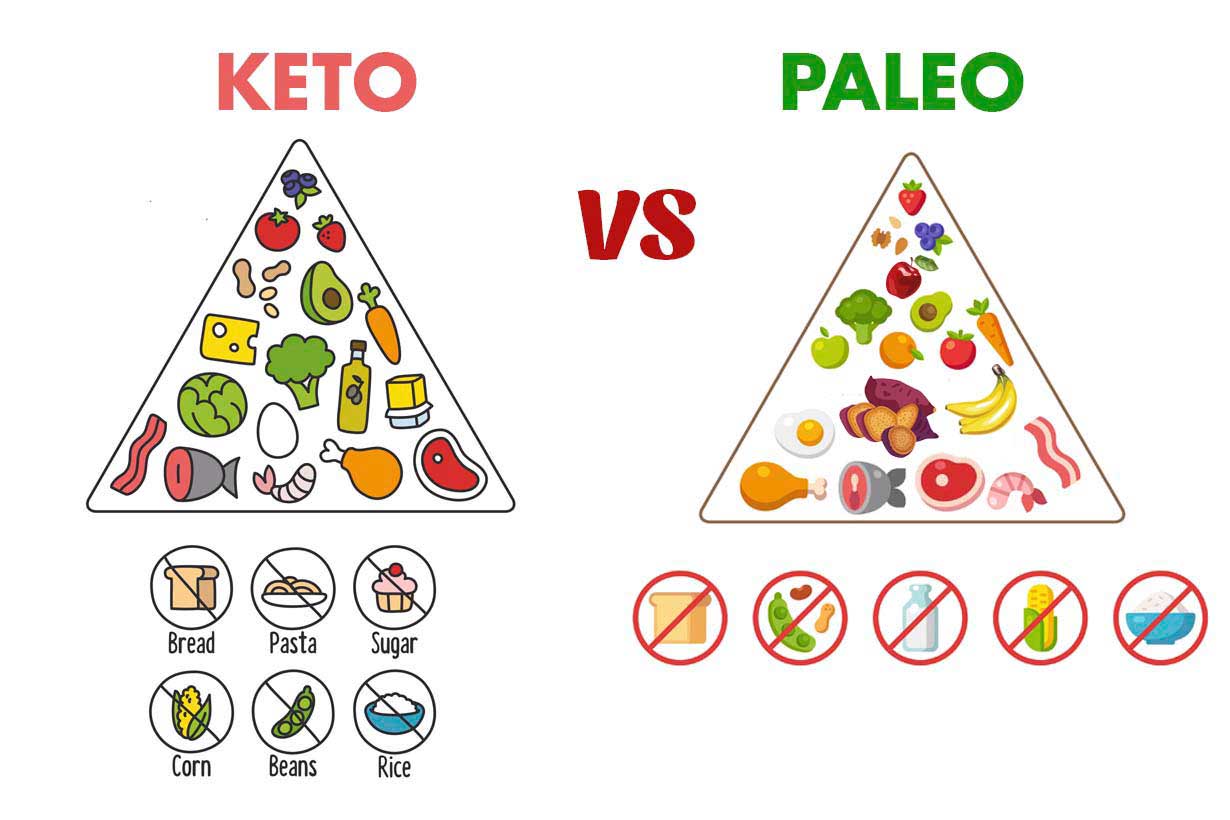


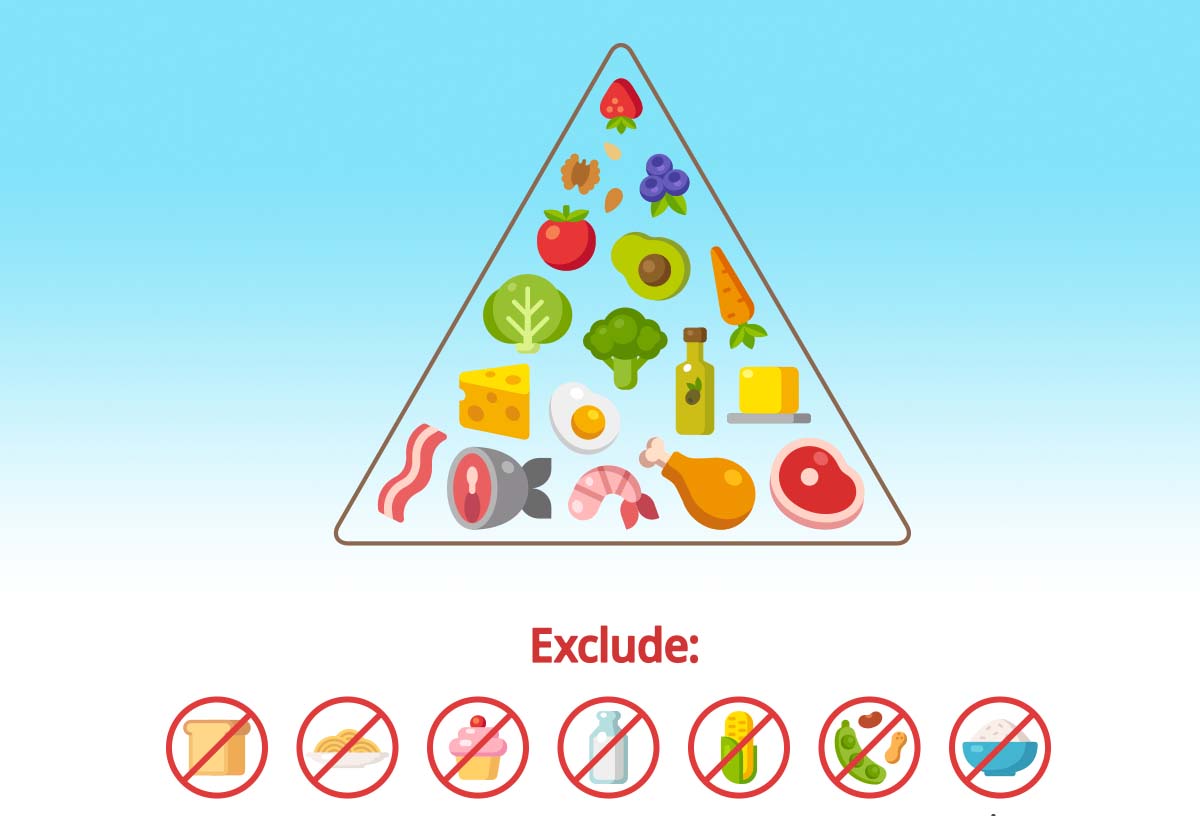
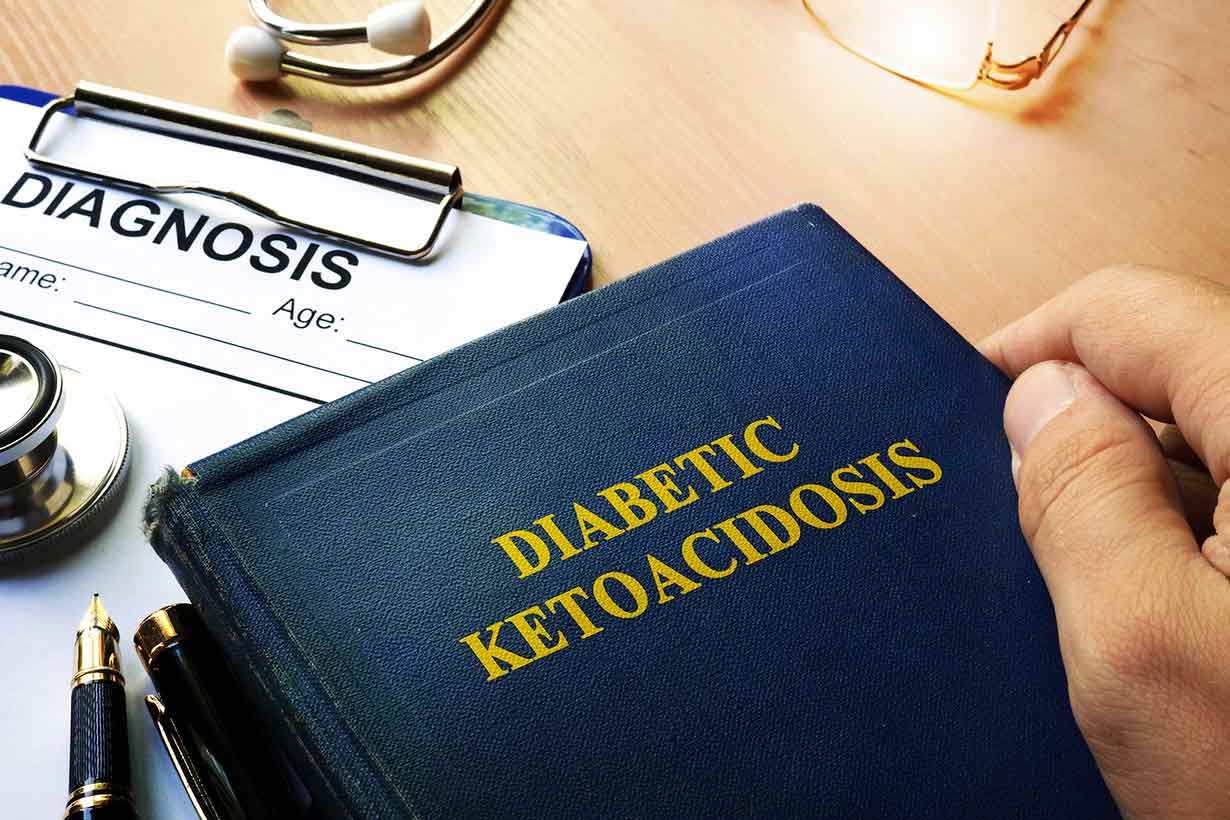
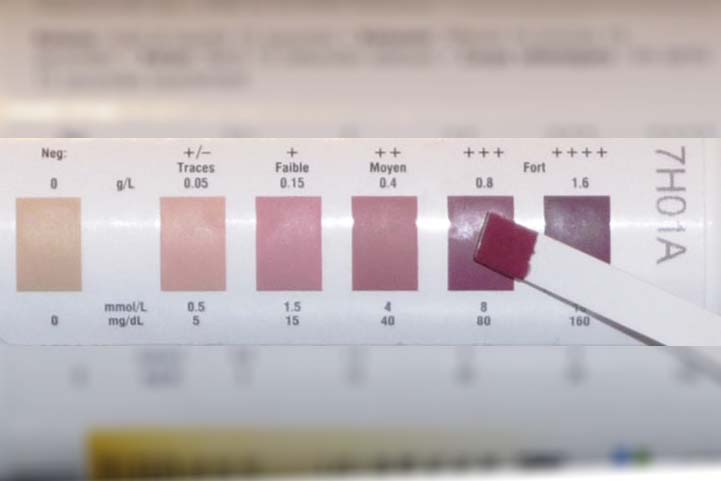
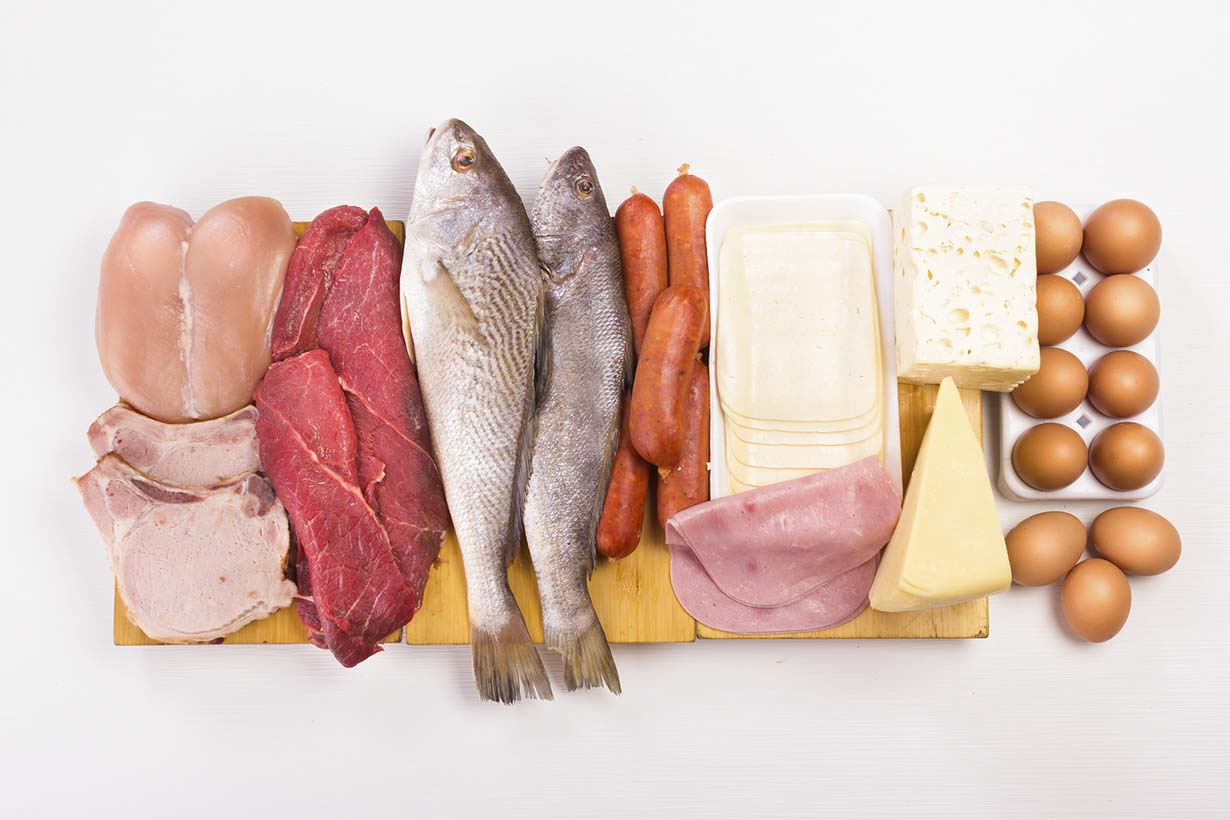
Wonderful piece. Thank you.
Thanks, Lynne!
Very informative.
Very useful and informative. Thanks for the article.
Thanks for commenting – glad it was useful for you!
This is great work, thank you for the excellent composed information here.